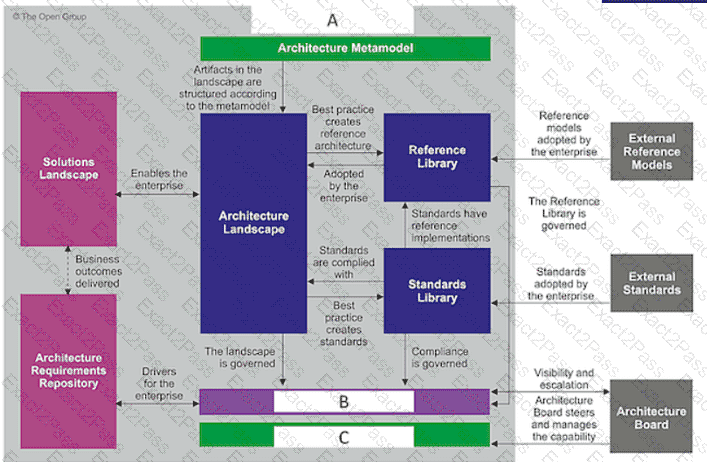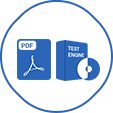Last Update 8 hours ago Total Questions : 134
The TOGAF Enterprise Architecture Combined Part 1 and Part 2 Exam content is now fully updated, with all current exam questions added 8 hours ago. Deciding to include OGEA-103 practice exam questions in your study plan goes far beyond basic test preparation.
You'll find that our OGEA-103 exam questions frequently feature detailed scenarios and practical problem-solving exercises that directly mirror industry challenges. Engaging with these OGEA-103 sample sets allows you to effectively manage your time and pace yourself, giving you the ability to finish any TOGAF Enterprise Architecture Combined Part 1 and Part 2 Exam practice test comfortably within the allotted time.
Which of the following is a responsibility of an Architecture Board?
What provides context for architecture work, by describing the needs and ways of working employed by the enterprise?
Which of the following best describes the purpose of the Architecture Roadmap?
Which of the following best describes the purpose of the Gap Analysis technique?
What does the TOGAF ADM recommend for use in developing an Architecture Vision document?
Exhibit:

Consider the illustration. What are the items labelled A, B, and C?
Complete the sentence Business Transformation Readiness Assessment is_________________.

